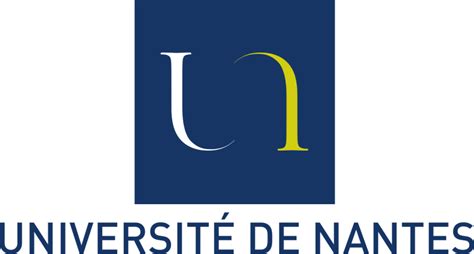Quantification of muscle co-contraction using supersonic shear wave imaging
Résumé
Muscle stiffness estimated using shear wave elastography can provide an index of individual muscle force during isometric contraction and may therefore be a promising method for quantifying co-contraction. We estimated the shear modulus of the lateral gastrocnemius (LG) muscle using supersonic shear wave imaging and measured its myoelectrical activity using surface electromyography (sEMG) during graded isometric contractions of plantar flexion and dorsiflexion (n=7). During dorsiflexion, the average shear modulus was 26 ± 6 kPa at peak sEMG amplitude, which was significantly less (P=0.02) than that measured at the same sEMG level during plantar flexion (42 ± 10 kPa). The passive tension during contraction was estimated using the passive LG muscle shear modulus during a passive ankle rotation measured at an equivalent ankle angle to that measured during contraction. The passive shear modulus increased significantly (P<0.01) from the plantar flexed position (16 ± 5 kPa) to the dorsiflexed position (26 ± 9 kPa). Once this change in passive tension from joint rotation was accounted for, the average LG muscle shear modulus due to active contraction was significantly greater (P<0.01) during plantar flexion (26 ± 8 kPa) than at sEMG-matched levels of dorsiflexion (0 ± 4 kPa). The negligible shear modulus estimated during isometric dorsiflexion indicates negligible active force contribution by the LG muscle, despite measured sEMG activity of 19% of maximal voluntary plantar flexion contraction. This strongly suggests that the sEMG activity recorded from the LG muscle during isometric dorsiflexion was primarily due to cross-talk. However, it is clear that passive muscle tension changes can contribute to joint torque during isometric dorsiflexion.
Origine : Fichiers produits par l'(les) auteur(s)
